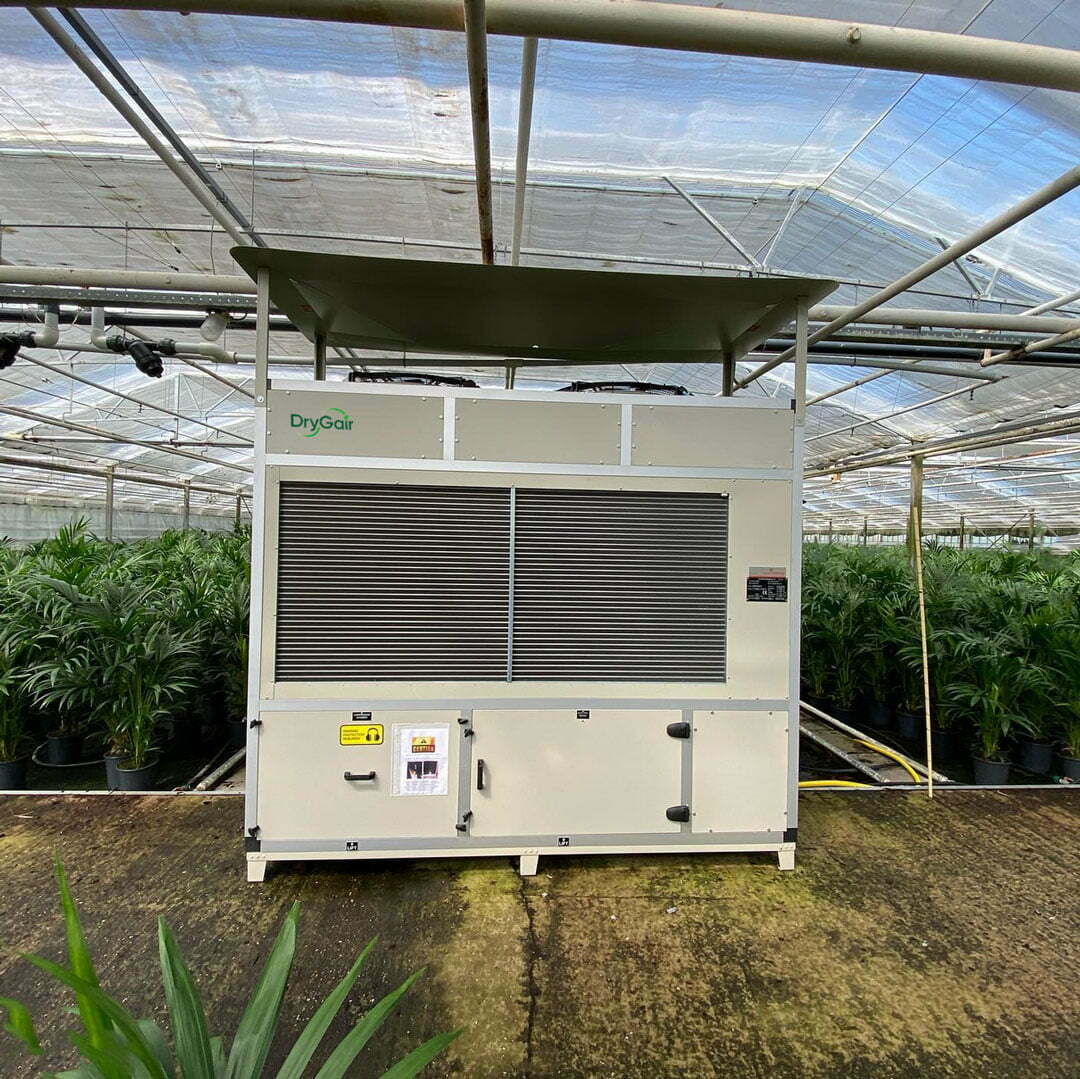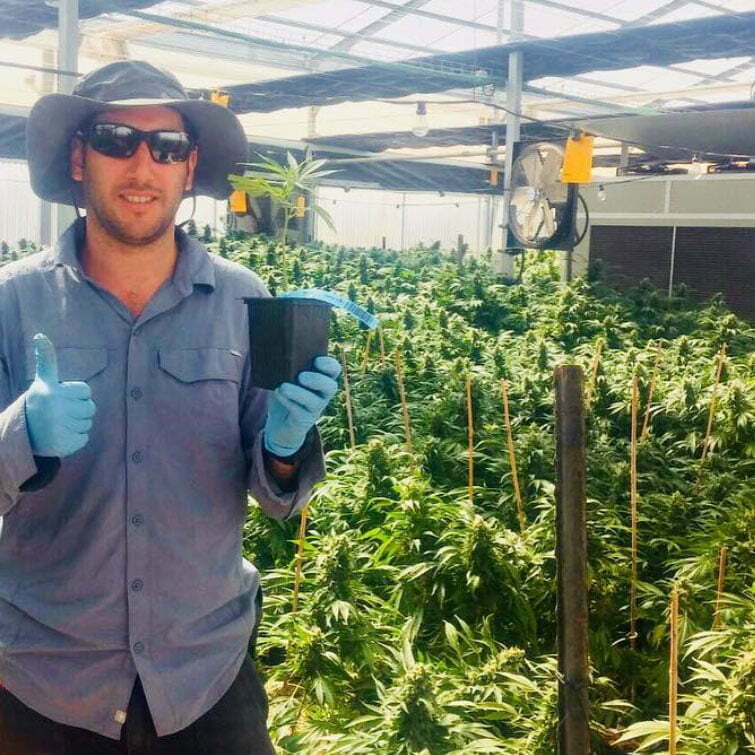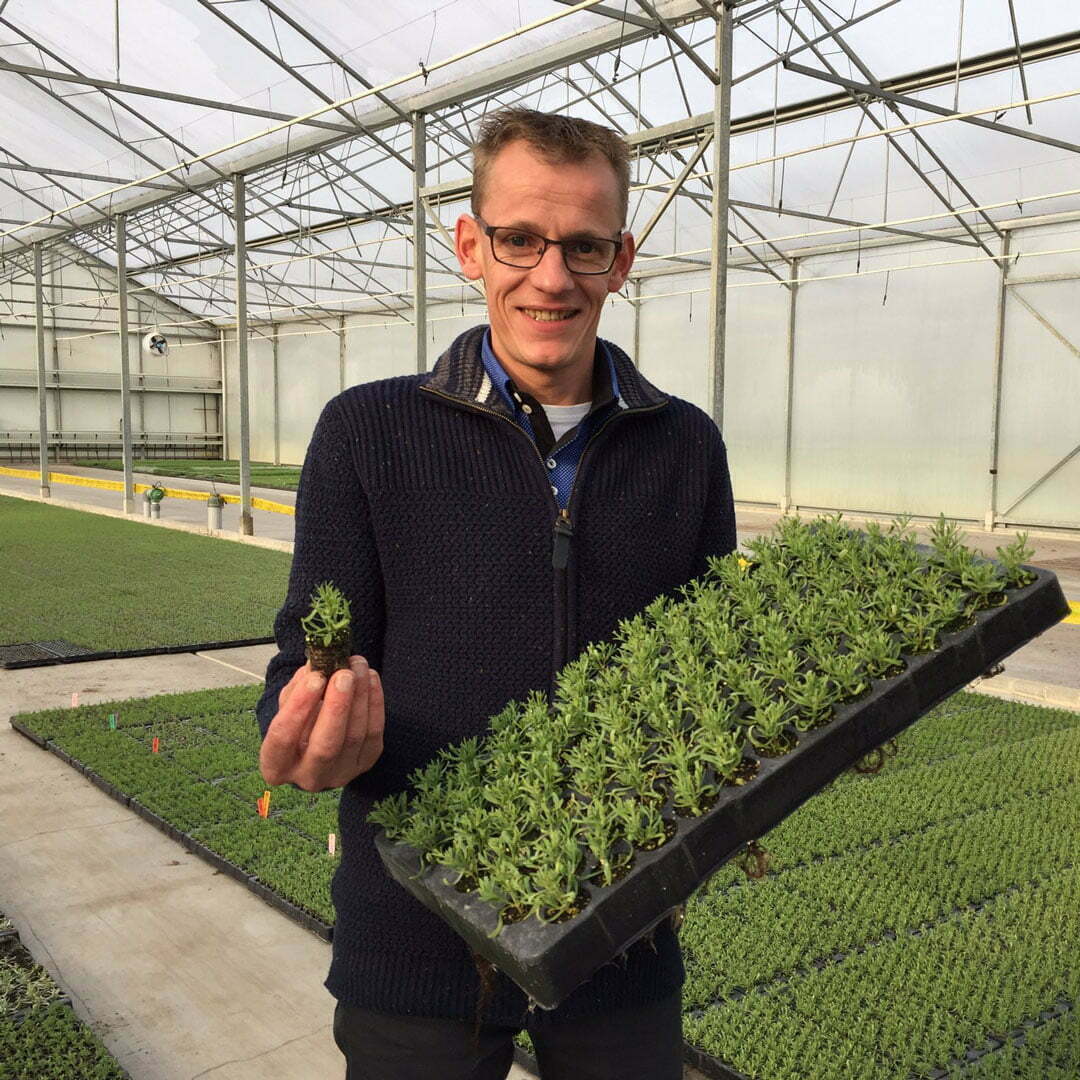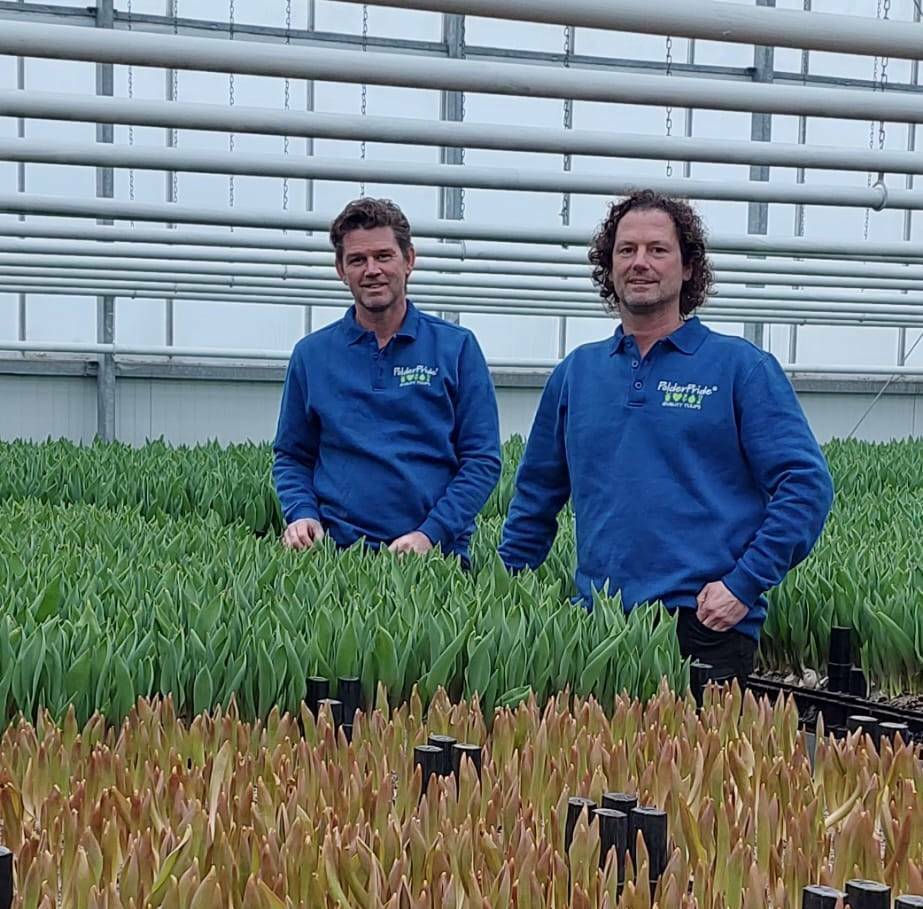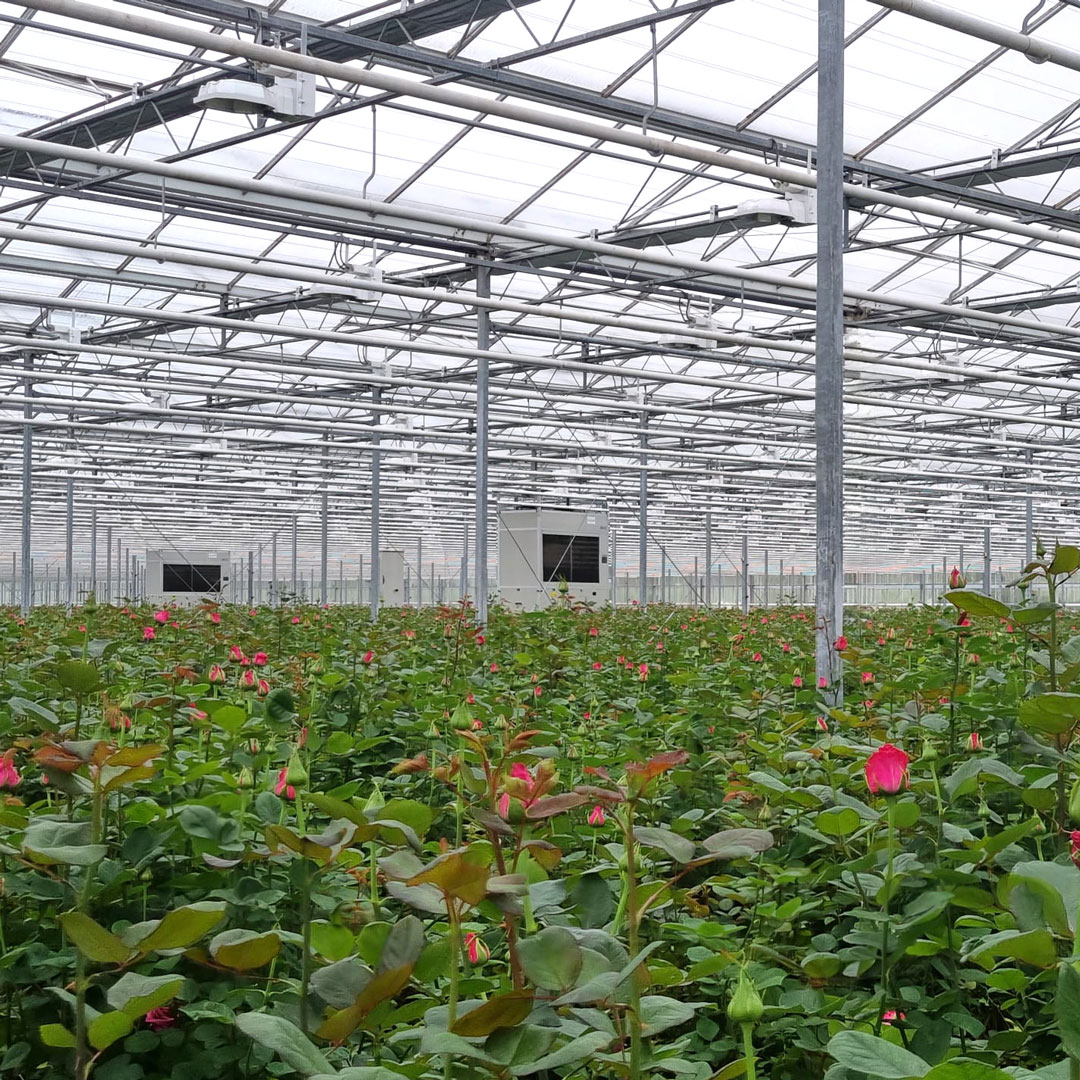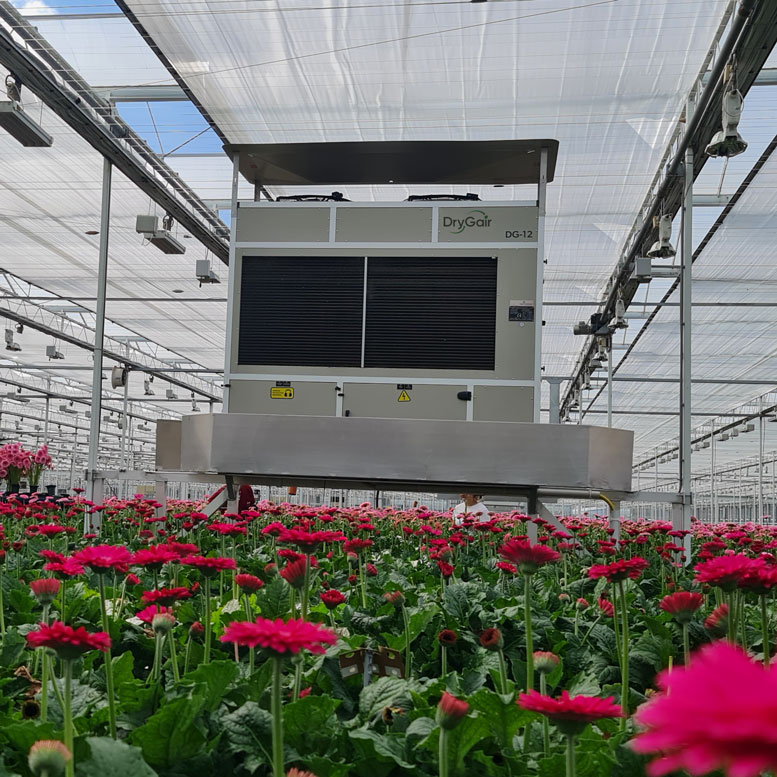What Is Alternaria?
Alternaria leaf blight is a common mold that affects a wide range of hosts, including cruciferous vegetables, cucurbits, tomatoes, potatoes, herbs, flowers, cannabis, and more. It’s a fungal pathogen caused by a range of Alternaria fungi, such as Alternaria cucumerina or Alternaria solani.
Alternaria Symptoms
Species of Alternaria produce diseases most commonly characterized by circular spots, with target-like rings.
These spots can be yellow, dark brown, or black, and can be found on all parts of the plants. However, Alternaria most commonly affects leaves. Black speckles are often found on the spots – these are the spores.
The centers of the spots may fall out, giving leaves a shot-hole appearance. Individual spots can connect into large dead areas, and leaves may fall.
Sometimes, as with tomatoes or potatoes, Alternaria also attacks fruits, producing black round or oval spots and spoiling crops. Although this mold normally develops on the leaves, it can also attack the stems of young seedlings, creating spots of grayish-brown color (normally at the base of the stem) causing rot that may kill the plant.
What Causes Alternaria?
Alternaria spores travel in wind and in water, so it’s extremely widespread. One of the main ways in which it spreads in greenhouses, is through free water. As water splashes, it carries the fungus to nearby plants, spreading the infection.
The conditions necessary for Alternaria to develop include high humidity or free water, and warm temperatures. Once the disease breaks out it’s very difficult to eradicate, so preventing these conditions is key. It can survive in plant debris as well, so it’s important to remove infected plants when detected.


Alternaria rot on the stems of young tomato seedlings
Virginia Tech Learning Resources Center, Virginia Polytechnic Institute and State University, Bugwood.org, licensed under CC 3.0

Lesions and black spores on a tomato
Yuan-Min Shen, Taichung District Agricultural Research and Extension Station, Bugwood.org, licensed under CC 3.0.

“Shot holes” – lesions with centers that fell out, Brassica family
Gerald Holmes, California Polytechnic State University at San Luis Obispo, Bugwood.org, licensed under a Creative Commons Attribution-Noncommercial 3.0 License.






